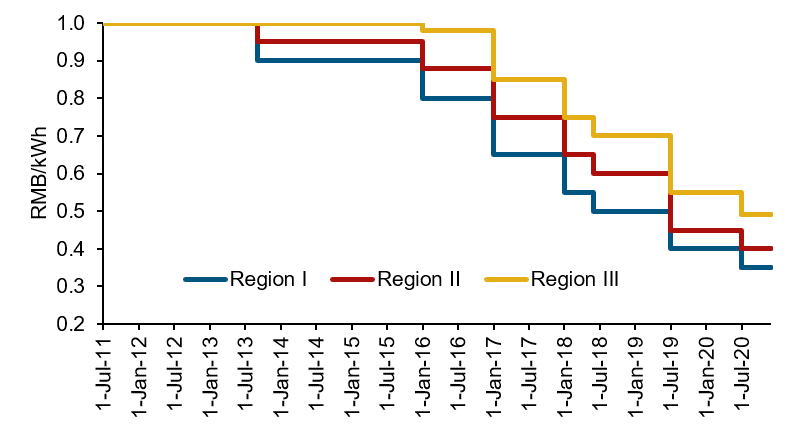
So an update thread on this...I bought a smart controller for my AC, per the suggestion from @Silmarillion88 .
It was pretty easy to install...just plug the device into the wall and plug the AC into the device. Then you download the manufacturer's app and pair with the device.
It was pretty easy to install...just plug the device into the wall and plug the AC into the device. Then you download the manufacturer's app and pair with the device.
https://twitter.com/pretentiouswhat/status/1403225466664677378

Now I can control my AC from my phone, which is sweet for reducing energy usage.
I like coming home to a nice cool apartment, but I don't want to leave the AC running all day while out.
Last night I turned it on while landing at SZ airport and watched my AC work from the taxi.
I like coming home to a nice cool apartment, but I don't want to leave the AC running all day while out.
Last night I turned it on while landing at SZ airport and watched my AC work from the taxi.
Here's the interface from my phone (took this picture right after I turned it on yesterday).
It even gives me two pieces of information I can't get from my AC remote: the current indoor temperature and the power draw in watts.
It even gives me two pieces of information I can't get from my AC remote: the current indoor temperature and the power draw in watts.

And the price for my super-slick IoT AC upgrade? A mere 79 CNY (12 bucks).
Wonder how much of a premium I'd pay for a smart AC versus my cheap n' dirty dumb--> smart upgrade? 🧐
Anyway what does this save me in power usage and costs?
Wonder how much of a premium I'd pay for a smart AC versus my cheap n' dirty dumb--> smart upgrade? 🧐
Anyway what does this save me in power usage and costs?
Well let's say I left the AC on at home for an extra 3 hours each day while out, to enjoy my cool home. Drawing 1250W, that's 3.75 kWh per day, or 112.5 kWh/month.
At shoulder residential power prices in SZ, that's just around 79CNY/month. Savings pay back in the FIRST MONTH.
At shoulder residential power prices in SZ, that's just around 79CNY/month. Savings pay back in the FIRST MONTH.
This works just as well for those of you living up in the northern part of the country, where you're probably tempted to leave the AC heat on all day while you're out, so you can come home to a nice cozy home.
Power prices will differ ofc, but the principle is the same.
Power prices will differ ofc, but the principle is the same.
If you're in China, here's the Tmall store for the vendor. Looks like they also sell "smart conversion" devices for a variety of home electronics to make them IoT, voice activated etc. Not sponsored or anything, just cool.
#energyefficiency
ikecin.tmall.com/?spm=a220o.100…
#energyefficiency
ikecin.tmall.com/?spm=a220o.100…
• • •
Missing some Tweet in this thread? You can try to
force a refresh




